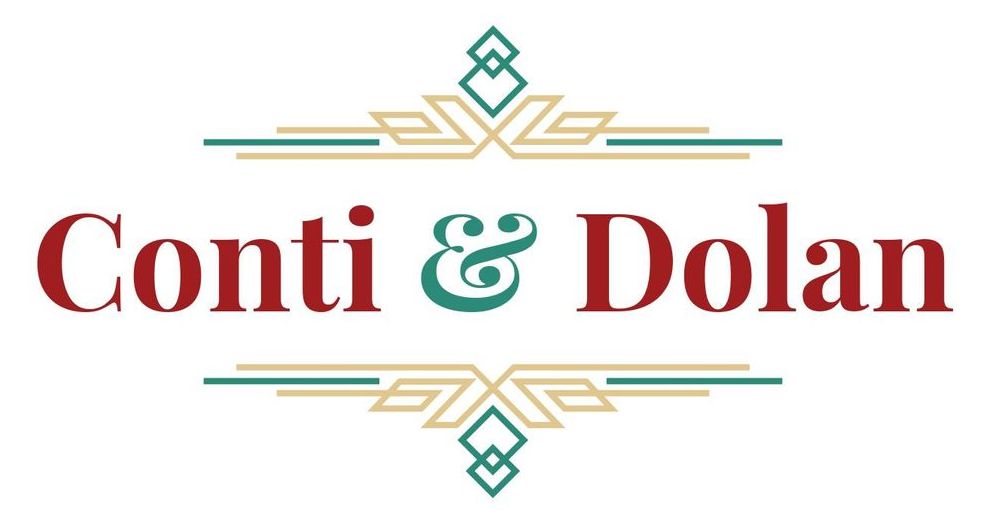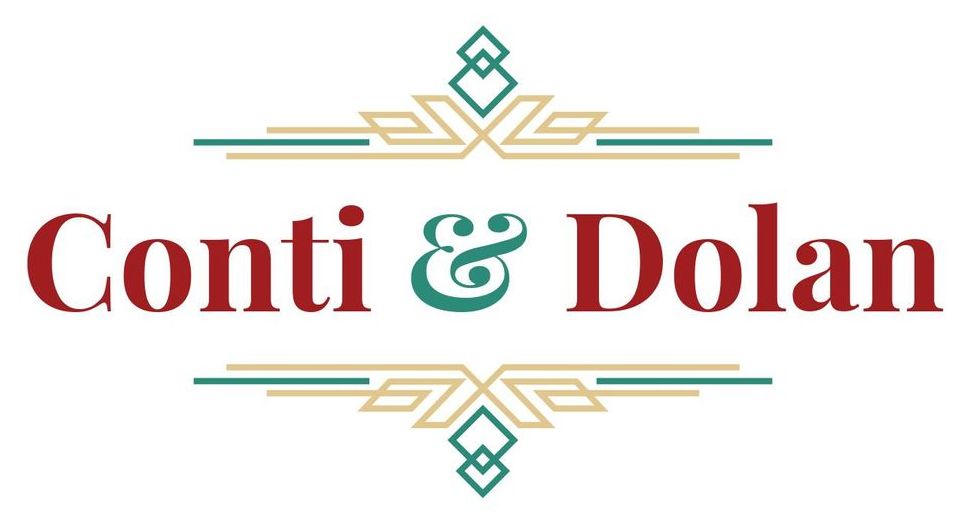MAINTENANCE/SPOUSAL SUPPORT
Large firm experience and results. Small firm attention.
In Illinois, alimony or spousal support, is referred to as maintenance. In general, maintenance is an amount of money that one ex-spouse must pay to the other ex-spouse after they are divorced. The purpose of maintenance is to help an ex-spouse support themselves and live independently after a divorce. There are various types of maintenance, which will be discussed below. Note that the law of maintenance is gender-neutral, which means that either ex-spouse, regardless of gender, could be awarded maintenance, depending on their circumstances. It is also important to remember that courts do not consider marital misconduct or any issues relating to fault, including who filed for divorce or caused the breakdown of the marriage.
Step 1: Is Maintenance Appropriate?
- the income and property of each party, including marital property apportioned and non-marital property assigned to the party seeking maintenance as well as all financial obligations imposed on the parties as a result of the dissolution of marriage;
- the needs of each party;
- the realistic present and future earning capacity of each party;
- any impairment of the present and future earning capacity of the party seeking maintenance due to that party devoting time to domestic duties or having forgone or delayed education, training, employment, or career opportunities due to the marriage;
- any impairment of the realistic present or future earning capacity of the party against whom maintenance is sought;
- the time necessary to enable the party seeking maintenance to acquire appropriate education, training, and employment, and whether that party is able to support himself or herself through appropriate employment;
- the effect of any parental responsibility arrangements and its effect on a party’s ability to seek or maintain employment;
- the standard of living established during the marriage;
- the duration of the marriage;
- the age, health, station, occupation, amount and sources of income, vocational skills, employability, estate, liabilities, and the needs of each of the parties;
- all sources of public and private income including, without limitation, disability and retirement income;
- the tax consequences to each party;
- contributions and services by the party seeking maintenance to the education, training, career or career potential, or license of the other spouse;
- any valid agreement of the parties; and
- any other factor that the court expressly finds to be just and equitable.
Maintenance is not automatic. The court must first determine whether it is appropriate. Illinois law provides factors the court can use to consider if maintenance should be awarded:
Step 2: How Much Maintenance is Appropriate?
If the court conducts the above analysis and determines that a maintenance award is appropriate, it will then order either (1) guideline maintenance, or (2) non-guideline maintenance.
Guideline Maintenance
Guideline maintenance will likely be ordered if (1) the combined gross annual income of the parties is less than $500,000, and (2) the ex-spouse who will be obligated to pay maintenance does not have an obligation to pay child support or maintenance from a prior relationship. The law provides for the calculation of maintenance as follows:
The amount of maintenance is calculated by taking 33 1/3% of the payor’s net annual income minus 25% of the payee’s net annual income.
The amount calculated as maintenance, however, when added to the net income of the payee, shall not result in the payee receiving an amount that is in excess of 40% of the combined net income of the parties.
Example:
Assume John’s net yearly income is $50,000. Mary’s net yearly income is $25,000. Follow the first three steps:
$50,000 (John’s net income) X 0.333 = $16,650
$25,000 (Mary’s net income) X 0.25 = $6,250
$16,650 (from step 1) - $6,250 (from step 2) = $10,400
Now we follow these steps to check to see if this amount will be limited by the “40% Rule”:
$10,400 (the amount of maintenance) + $25,000 (Mary’s income) = $35,900
$50,000 (John’s income) + $25,000 (Mary’s income) = $75,000. $75,000 X 0.4 = $30,000
Because the amount of maintenance in addition to Mary’s net income exceeds 40% of the combined net income of the parties, Mary’s maintenance is reduced.
The maintenance award is lowered to $4,500 per year which is $10,400 (original maintenance calculation) less the amount by which it exceeds 40% ($5,900).
Here is a link to a maintenance calculator:
Illinois Maintenance (Alimony) Calculator | Legal Calculators
Duration of Maintenance
The court can order that maintenance be “fixed-term,” “indefinite,” or “reviewable. “
(1) Fixed-term maintenance. If a court grants maintenance for a fixed term, the court shall designate the termination of the period during which this maintenance is to be paid. Maintenance is barred after the end of the period during which fixed-term maintenance is to be paid.
(2) Indefinite maintenance. If a court grants maintenance for an indefinite term, the court shall not designate a termination date. Indefinite maintenance shall continue until modification or terminated otherwise by law.
(3) Reviewable maintenance. If a court grants maintenance for a specific term with a review, the court shall designate the period of the specific term and state that the maintenance is reviewable. This could mean the court wants to revisit the issue in the future to determine if the recipient has perhaps found gainful or more lucrative employment, which would result in lower maintenance award or termination of maintenance altogether.
Generally, in awarding fixed-term or indefinite maintenance, the court will use the guidelines provided by the law to determine the length of time maintenance will be paid. The guidelines are based upon the length of the marriage. Payments are ordered based upon certain percentage of the length of the marriage as set forth below.
Less than 5 years (.20);
5 years or more but less than 6 years (.24);
6 years or more but less than 7 years (.28);
7 years or more but less than 8 years (.32);
8 years or more but less than 9 years (.36);
9 years or more but less than 10 years (.40);
10 years or more but less than 11 years (.44);
11 years or more but less than 12 years (.48);
12 years or more but less than 13 years (.52);
13 years or more but less than 14 years (.56);
14 years or more but less than 15 years (.60);
15 years or more but less than 16 years (.64);
16 years or more but less than 17 years (.68);
17 years or more but less than 18 years (.72);
18 years or more but less than 19 years (.76);
19 years or more but less than 20 years (.80).
For a marriage of 20 or more years, the court, in its discretion, shall order maintenance for a period equal to the length of the marriage or for an indefinite term.
For example, if John and Mary were married for 13 years and 5 months:
The marriage is 13 years (x 12 months) + 5 months = 161 months.
161 months is multiplied by .56 as set forth by the guidelines. (see above)
161 x .56 = 83.72 months.
Mary is entitled to maintenance for 6 years and 11.64 months or roughly 7 years.
Termination of Maintenance by Law
Illinois provides that maintenance of any of the three durations will terminate if either party dies or if the recipient remarries or cohabits with another person in a continuing, non-platonic relationship.
While the rules concerning maintenance may seem confusing, I can walk you through these issues using real numbers.


